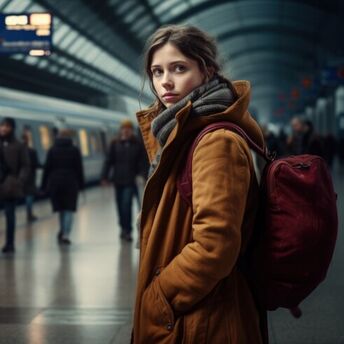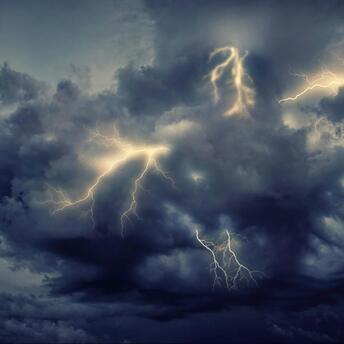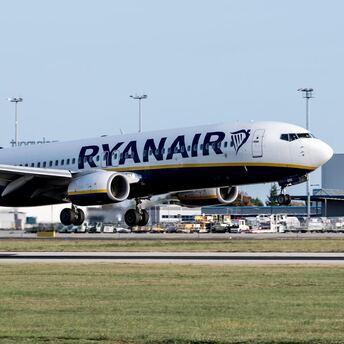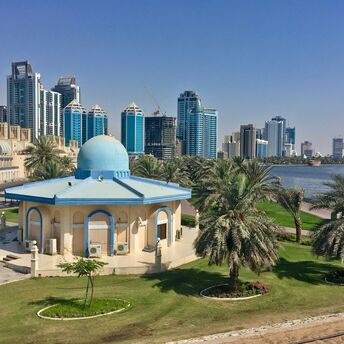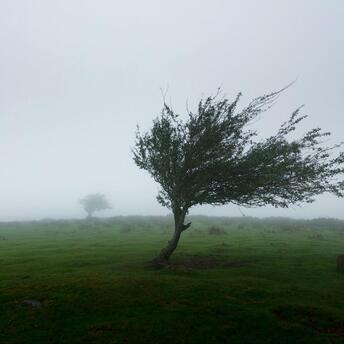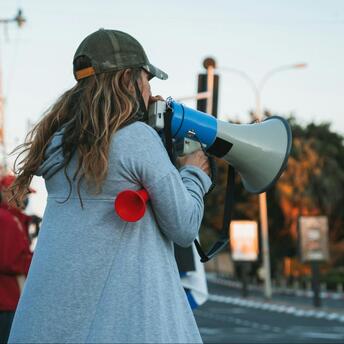Amsterdam’s Canals Transform for Annual Light Festival
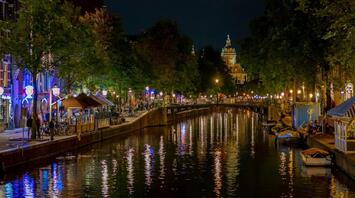
Amsterdam will open the Amsterdam Light Festival on 27 November, presenting twenty light installations situated along key sections of the canal network. The chosen theme, legacy, examines how cities retain historical layers within their public spaces and how light-based artworks can reveal aspects of urban development. The route forms a temporary structure that enables visitors to observe how artistic interventions interact with architecture, waterways and long-established infrastructure without introducing decorative or promotional framing.
Amsterdam’s lighting history shows a steady shift from simple personal lanterns to gas lamps, later to neon tubes and eventually to today’s LED systems, each stage marking a clear change in how the city handled illumination. Each technological change has affected the lighting of streets, squares, and waterways, as well as how people moved around the city after dark. This year’s festival refers to that long timeline to illustrate how newer lighting tools shape artistic methods and alter the way public areas function after dark.

The illuminated route provides a structured opportunity to examine the canal district under different conditions than during daytime hours. The artworks highlight bridge contours, canal edges and architectural features that are less visible without controlled lighting. Walking or travelling by boat during the festival offers a slower observational pace, allowing visitors to note variations in design, symmetry and spatial arrangement across sections of the central district, creating a contrast with regular, more hurried urban movement patterns.
The festival’s location is close to several cultural institutions that can be integrated into an itinerary without substantial diversion. The Anne Frank Huis, the Hermitage Amsterdam and the Museum of the Canals are within accessible distance for visitors who wish to combine historical context with the illuminated route. Travellers may also encounter seasonal events, open public squares and nearby cafés operating within standard winter schedules, offering additional points of interest that reflect everyday urban activity rather than curated programming.

The emphasis on legacy shifts attention from visual appeal to the underlying question of how cities interpret and reuse their historical environments. The festival demonstrates how new lighting techniques can make people notice buildings they may not have noticed before. This approach makes the event an example of how cultural projects can frame urban space in a way that helps visitors better understand the ongoing conversation in Amsterdam about heritage, infrastructure, and how people use public spaces today.
